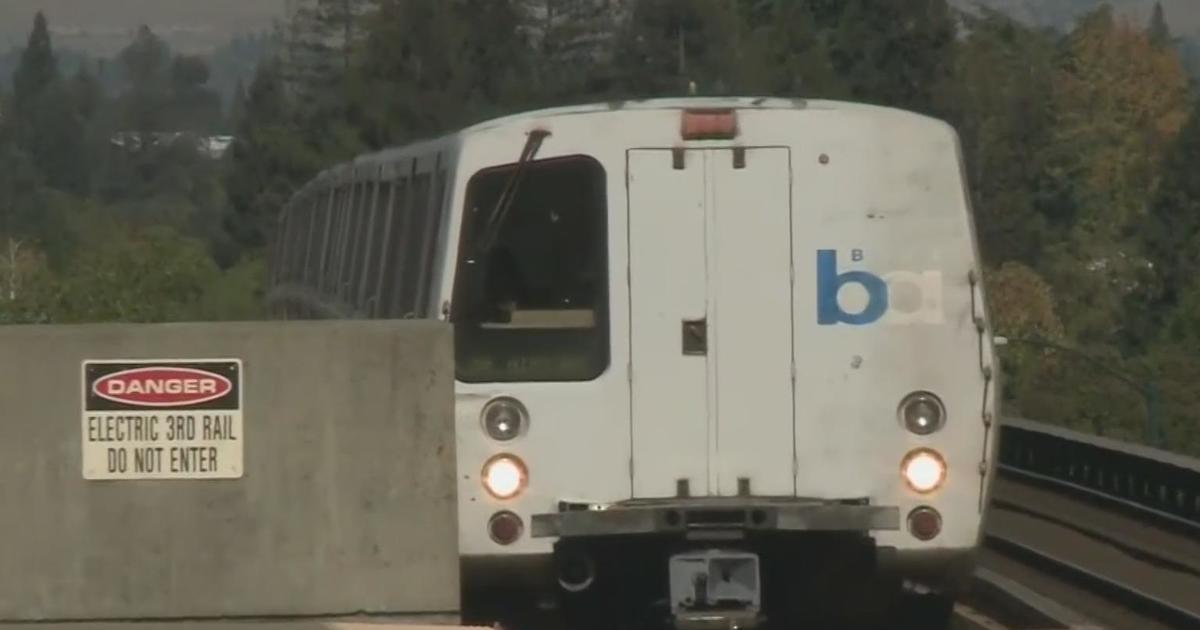El Niño Leaves California High And Dry
SAN FRANCISCO (CBS SF/KCBS) -- On the first day of summer, California's historic drought is far from over despite what had promised to be a wet, El Niño winter.
Warnings of water shortages and fire danger will continue to plague the state now that it's clear Sierra snow pack will come up short. New data has prompted the U.S. Drought Monitor to lift the entire state into the category "abnormally dry."
Run off from the mountains is only three-quarters of normal. While California's two biggest reservoirs, Lake Shasta and Lake Oroville are full, the others won't be.
The El Niño storms during the winter gave Northern California a bit of a buffer for the early part of summer but experts say come August and September things are going to dry out just like the rest of the West.
"You see lots of tall trees that are dead and all their needles have gone brown," says Bill Stewart co-director of UC's Center for Forestry. "The bigger fire risk is the fact that there's just a lot of fuel on the ground and that's what actually gets these big fires going."
Southern California didn't get as much rain as the northern part of the state so their fires are starting earlier and with more ferocity.
"It used to be the big fires were always wind-driven, now we're starting to see some of the bigger fires basically expand without having a big wind event, living off of lots of fuel," said Stewart.
Crews at Cal Fire headquarters in Morgan Hill told KPIX 5 it has been so dry for so long, that the way they see it, the fire season never really ends.
The Sherpa Fire in Southern California is nearly 8,000 acres with 54-percent containment. Over the next couple of days, crews from Northern California will be getting ready to deploy to help.
Cal Fire says having one season of heavy rains after years of drought has added to the amount of fuel that can burn.
Officials have already seen bigger and more intense fires.
"We're already starting to see team activations that go well beyond three or four days. That tells me we're a little later into what we consider a normal season," said Cal Fire's Jim Crawford. "And that has a lot to do with the significant dead component to the wild land right now in California."
Crawford says fire risk can be reduced by clearing defensible space in your neighborhood.
"Anytime we could have an impact that could've been prevented, means those are resources that aren't working to prevent some other part of the fire from growing," explained Crawford.
Cal Fire wants to remind residents to cut grass down to six inches about the ground and clear out old branches and brush 100 feet around your home.
According to the U.S. Drought Monitor, the lack of precipitation for May is a concern for Northern California and rainfall during the first days of June has been less than a fifth of normal. To make matters worse, forecasters have predicted a dry La Niña winter.



